Mosquitoes at Disney World: why do you (almost) never see them?

Mosquitoes are some of the most annoying (and most deadly) pests out there. If you're from a country without mosquitoes- like Iceland- then you might not realise just how annoying mosquitoes can be. Just imagine returning to your hotel with not only tired feet, a sunburn but also itchy mosquito bites. So why do you almost never see mosquitoes at the most magical place on earth? Let's uncover the magic.
The eradication myth
Before discussing the details of Disney's mosquito control program, it's worth to mention that there are many articles and videos on the internet which falsely claim that there are no mosquitoes at Disney World parks.
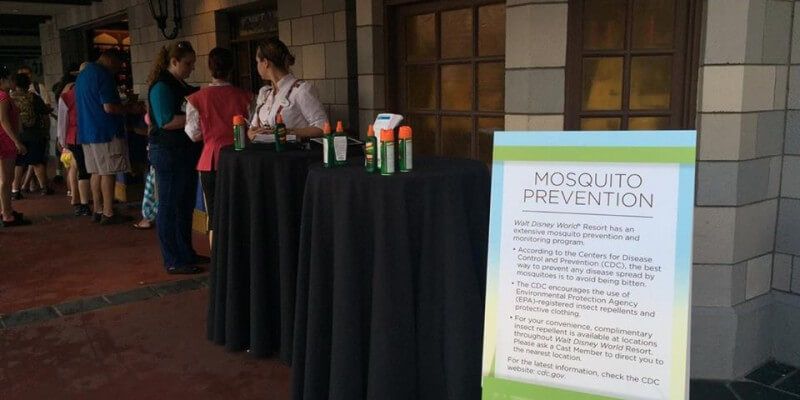
The truth is that this is a myth. Eradicating mosquitoes completely anywhere in Florida is practically impossible. After all Florida is swamp territory and that's just about the most perfect environment for mosquitoes to thrive. In fact Florida is the worst state for mosquitoes, coming ahead of Texas and Louisiana.
But it is true that Disney does a good job at keeping mosquito numbers at bay in the Disney World parks. It is by no means an easy feat. The mosquito control tactics actually started many decades ago.
The 1964 New York World's Fair
At the New York World's Fair in 1964, Walt met retired army Major General William E. Potter, or "Joe" Potter for short.

Joe worked as the governor of the Panama Canal Zone, an area noted for its prominence of yellow fever and malaria-harboring mosquitoes. The construction of the Panama Canal actually happened many decades before Joe's governorship, its successful construction can be attributed to the work done by William C. Gorgas, a doctor who fought hard to eradicate mosquitoes in the canal and was one of the first people to predict correctly that yellow fever was transmitted by these pesky insects.
Dr. Gorgas' original strategy employed to control the mosquito population involved two things, both designed to keep mosquito larvae from forming:
- Removal of standing water
- Treating undrainable waters with oil
By the time Joe became governor, the canal was already in operation for multiple decades. Over this time the mosquito control strategy was refined and Joe was able to to learn its ins and outs.
When Walt met Joe, he hired him on the spot to help with what was then known as the "Florida Project".
The Florida Project
For what was going to become Disney World, Walt was buying up many thousands of acres of land in the centermost part of Florida. Every bit of land he purchased was hot, humid swampland, full of aligators, crocodiles, and of course, mosquitoes. Walt knew that mosquitoes were going to be a problem and already recognized a need for pest control.
Joe Potter was going to be Walt's resident expert on mosquito control. But even with Joe's help it wouldn't be easy and would require a combination of multiple different techniques to work. Joe knew that the best approach to controlling the mosquito population is to not kill the adult insects but instead target the larvae. If he could make Disney World a place where mosquitoes aren't able to lay their eggs, then he might just have a shot at reducing their numbers drastically.
Joe's ditches
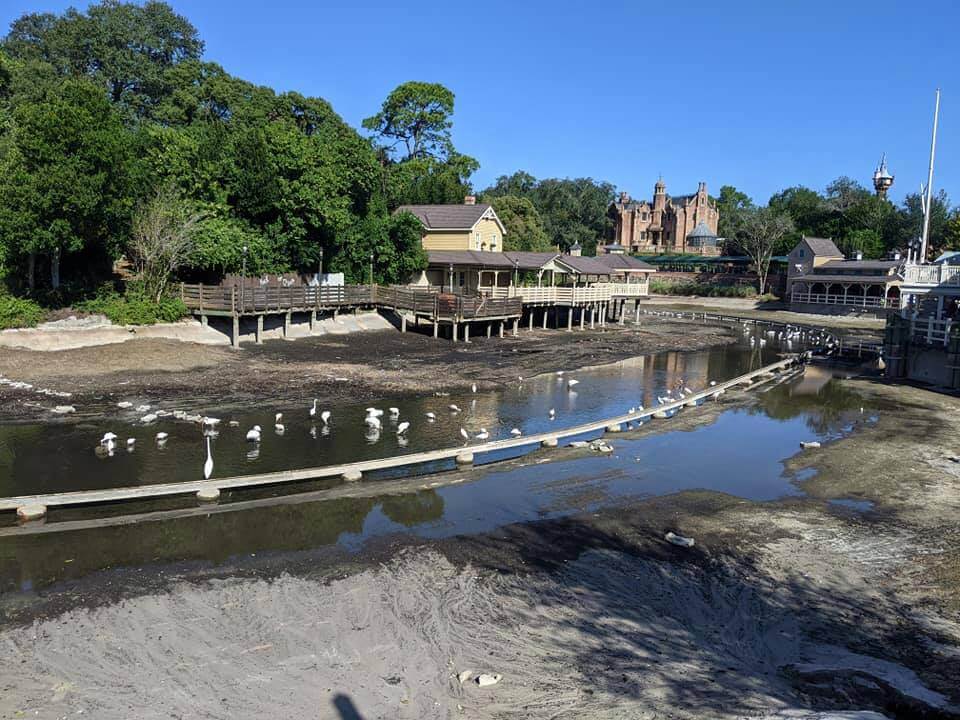
Since standing water is where mosquitoes lay their eggs, swampland is the perfect breeding ground for them. Joe Potter knew that the first step to eliminating the pests was to get rid of any standing water in Disney World. Joe oversaw the building of drainage ditches, which quickly became known as "Joe's ditches". He built them all around the park grounds ensuring that any water was removed before it could pool into areas and become stagnant.
There are of course attractions which require water, but these have been specifically designed to ensure the water is always on the move, as is the case with Splash Mountain. This avoids any stagnant water.
Good waterway, building and landscaping
For attractions requiring larger bodies of water, such as the Rivers of America, underground connecting tubes connect up all of the different waterways so that they may go through a natural process of filtration and de-stagnation. Mosquitofish are also used in the waterways to battle mosquito larvae from growing.
The water is typically dyed green with chalk in these waterways to make the tubes, guidance tracks and other hidden functions invisible to guests.
Another approach that's nearly unnoticeable to guests is the manner in which structures inside the parks are built. Every building, no matter whether it is housing a resort hotel or an attraction, has a specific shape designed to prevent standing water from collecting on its surface.
Avoiding stagnant water even goes as far as the plants that are chosen to grow inside the parks. Plants which have leaves that won't harbour stagnant water are chosen, typically ones which allow water to roll off them and keep moving toward one of Joe's ditches.
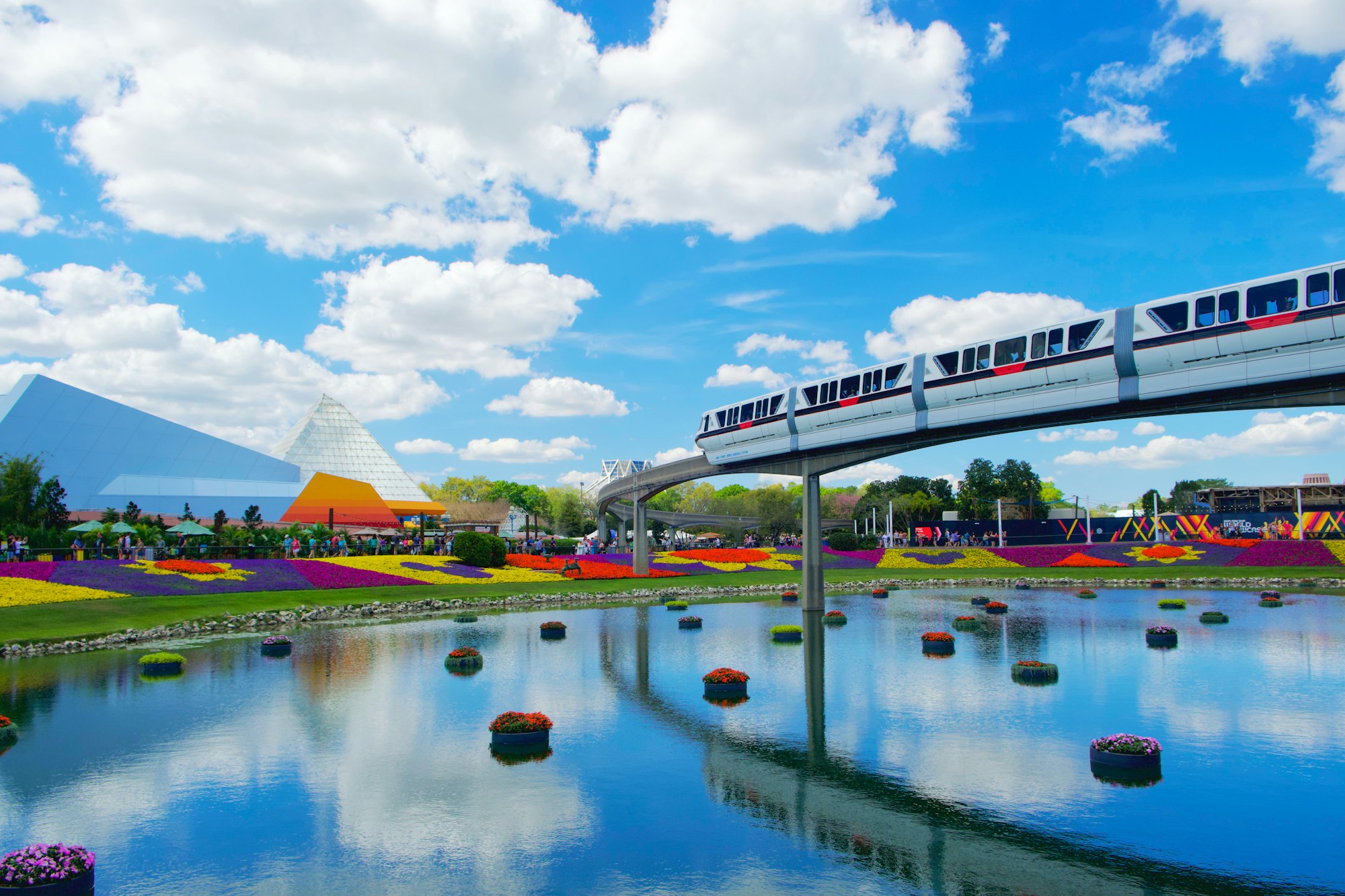
Disney's Mosquito Program
In addition to all of those design features, Disney employees also actively work to control the mosquito population at the parks.
Every night pesticide and fungicide sprays are used to control pests and fungi growth in the parks. The pesticides used are said to be non-toxic and include substances such as liquid garlic, soap, peppermint and rosemary. These are sprayed around the property, but particular care is given around the animals at Animal Kingdom and World Showcase Lagoon at Epcot.
Growth regulators are also used to limit mosquito larvae, killing them before they can even hatch. Disney sprays these agents twice a day.
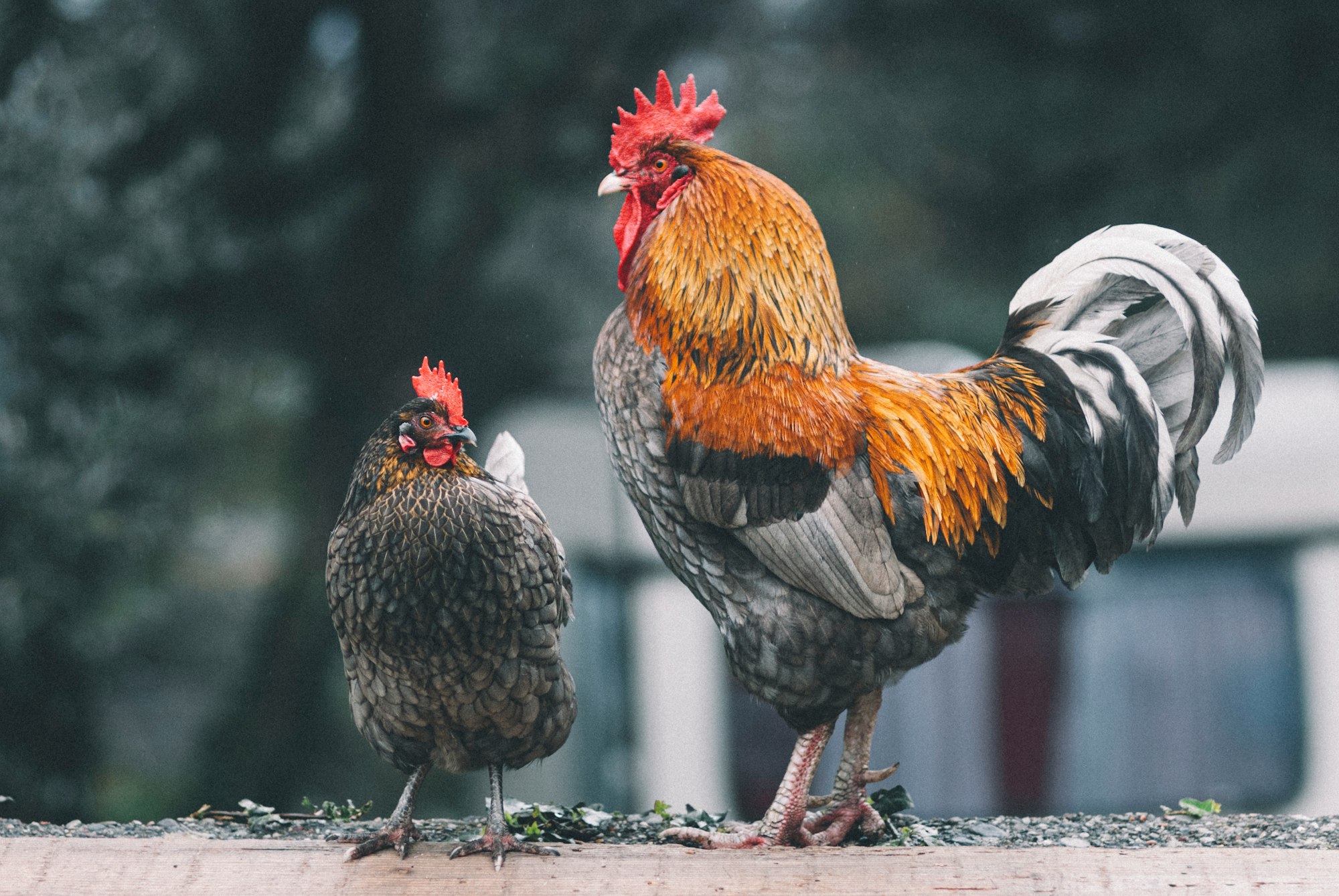
Disney also continuously monitors and analyses the mosquito population in the parks. They do this in two different ways:
- By setting carbon dioxide traps all over the property. Once the mosquitoes get trapped there, Disney freezes them for further study.
- By using chickens! Chickens don't get sick from the diseases that mosquitoes carry, but the viruses still show up in their blood. This enables Disney to monitor if any outbreaks are happening.
No eradication here
Even with all these measures, you can still get bitten by mosquitoes at Disney World. This is why during the 2016 Zika virus outbreak, Disney undertook enhanced precautions. Giving guests complimentary insect repellent and raising awareness about mosquitoes throughout the parks and resorts.
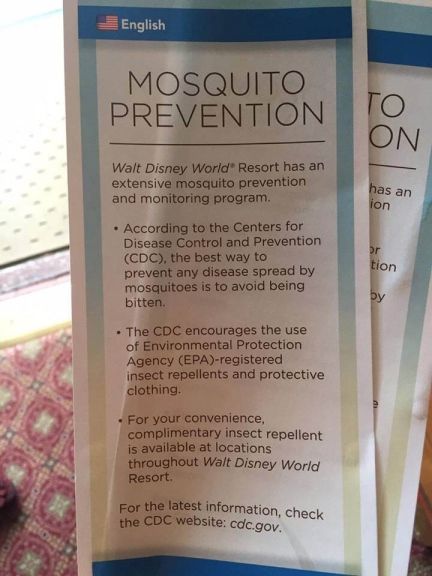
The good news though is that all the measures that Joe Potter has created do make mosquitoes a very rare sight in Disney World. The vast majority of guests don't get bitten at all during their time at Disney World. If you want extra protection you can always grab some insect repellent yourself to make the risk of mosquitoes attacking you even less likely.
📢 Looking for a Disney World holiday?
Search for your desired date and find the cheapest hotel, flight and Disney World ticket prices.
Learn what the cheapest possible prices are and see how good of a deal you are getting.
We have created the equivalent of Google Flights, but for Disney World holidays. It is completely free and we hope you will find it useful in your search. Click here to start your search!

